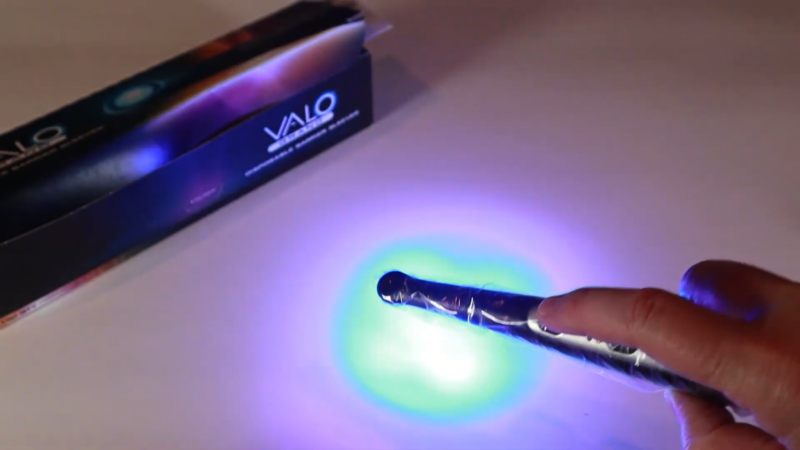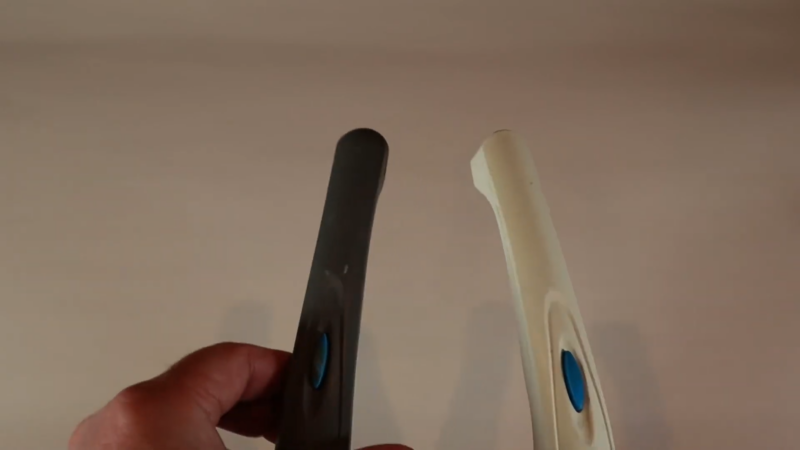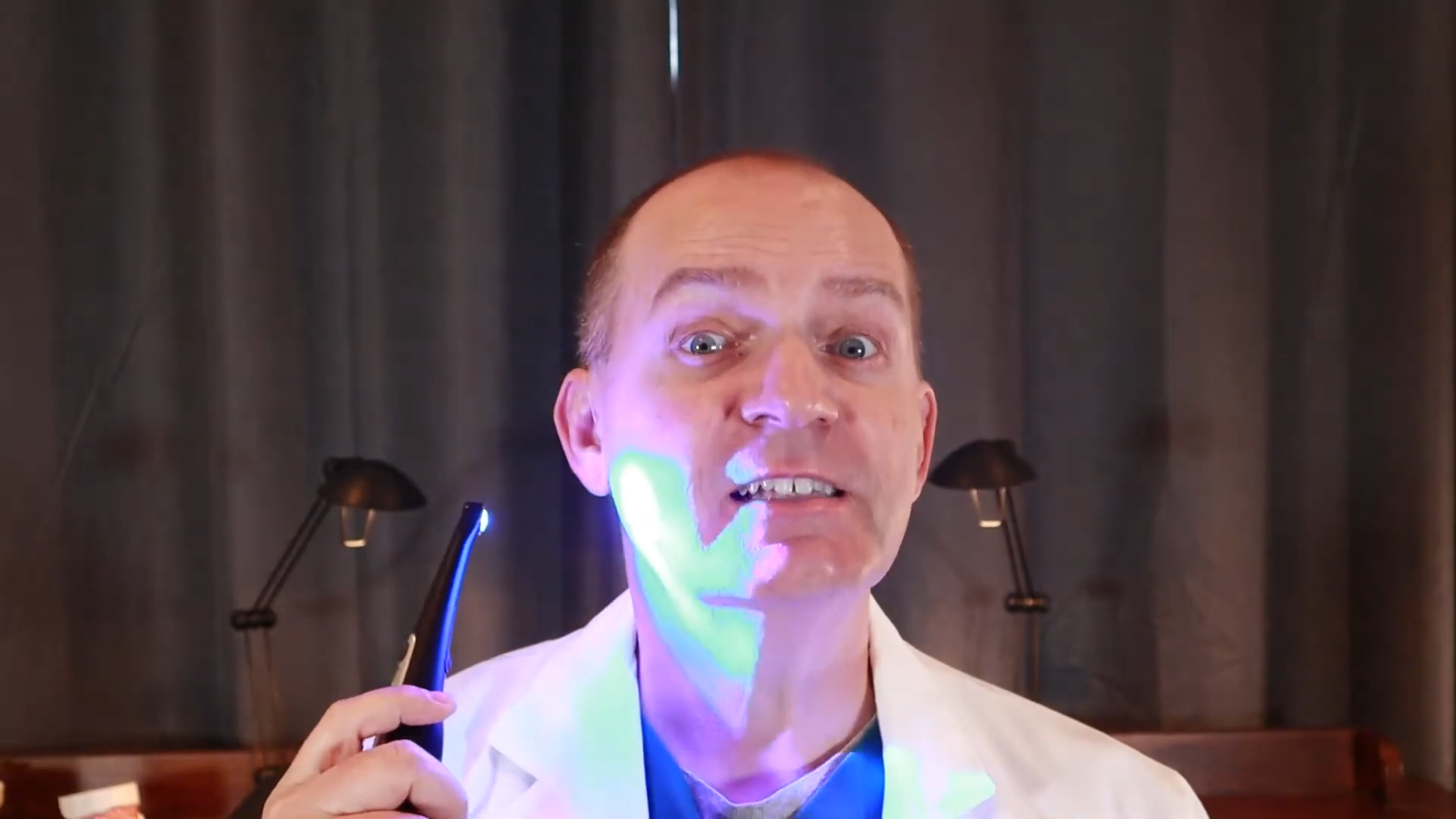Dental curing lights are essential tools in modern dentistry, used to harden or “cure” dental materials.
These lights play a crucial role in restorative dental procedures, ensuring the longevity and durability of dental restorations.
What Are Dental Curing Lights?
Dental curing lights are devices used to polymerize light-cured resin-based composites. Their purpose is to harden dental materials such as:
- Fillings
- Sealants
- Adhesives
Historically, the concept of light-curing in dentistry began with ultraviolet (UV) light in the 1970s.
However, due to safety concerns and inefficiency, UV lights were replaced by visible light-curing devices.
The evolution continued with the introduction of halogen lamps, which provided a more reliable and efficient method.
Subsequently, advancements in technology led to the development of LED and laser curing lights, each offering distinct benefits and improvements over their predecessors.
Today, they are indispensable in achieving optimal clinical outcomes in restorative dentistry.
How Do They Work?

Dental curing lights operate on the principle of photopolymerization, a process that converts liquid resin monomers into a hardened polymer.
The transformation is initiated by photoinitiators in the resin, which absorb light energy and produce free radicals.
These free radicals start the polymerization process, linking monomers into long polymer chains and solidifying the material.
Several factors influence the effectiveness of this process, including:
- Light intensity
- Wavelength compatibility
- Material shade and composition
- Exposure time
The light intensity must be sufficient to activate the photoinitiators, and the wavelength must match the absorption spectrum of these initiators.
The restorative material’s shade and depth also plays a role, as darker and deeper layers require more exposure.
The distance and angle of the light to the composite play a role in ensuring even curing, and adequate exposure time is necessary to achieve full polymerization.
Types of Dental Curing Lights

Now let us discuss different types.
Halogen
Halogen curing lights, one of the earliest types used in dentistry, operate by passing an electric current through a tungsten filament, producing a broad-spectrum light.
The light is filtered to emit a specific wavelength, typically in the blue range, ideal for curing dental composites.
Halogen lights are known for their affordability and effectiveness.
However, they have several drawbacks, including high heat generation, the need for frequent bulb replacements, and longer curing times compared to newer technologies.
LED
Light-emitting diode (LED) curing lights have become the standard in dental practices due to their efficiency and reliability.
These lights emit a narrow spectrum of blue light that specifically targets photoinitiators in dental resins.
LED curing lights are energy-efficient, produce minimal heat, and have a long lifespan, reducing the need for frequent maintenance.
They also provide faster curing times and better depth of cure.
Their initial cost is higher than halogen lights, and some older resin formulations may not be fully compatible with LED light wavelengths.
Laser
Laser curing lights are the latest advancement in dental technology.
They use concentrated beams of light at specific wavelengths to cure dental materials.
Dentists use them because they provide precise control over the curing process, ensuring uniform and deep curing.
Furthermore, they are highly efficient and reduce the risk of incomplete polymerization.
The advantages include reduced curing times and improved durability of restorations.
Laser curing lights are significantly more expensive and require specialized training for safe use.
The high initial investment can be a barrier for some dental practices.
What Benefits Do They Offer?
Dental curing lights offer numerous benefits in modern dentistry.
Let’s check them out:
| Benefit | Description |
|---|---|
| Efficiency and Speed | Quickly harden materials, reducing procedure time and allowing more patients per day. |
| Durability and Strength | Ensures strong, long-lasting restorations that resist chewing forces. |
| Less Invasive Procedures | Precise control minimizes removal of healthy tooth structure, leading to quicker recovery. |
| Enhanced Aesthetic Results | Allows for accurate placement and uniform hardening, achieving a natural look. |
| Improved Patient Satisfaction | Combines efficiency, durability, and aesthetics, leading to shorter appointments, less discomfort, and greater patient loyalty. |
Choosing the Right One
Selecting the appropriate dental curing light involves considering several factors.
Let’s see what are the main factors:
| Factor | Description |
|---|---|
| Type of Light Source | LED are efficient, durable, and compatible with modern materials, while laser offer precision and deep penetration. Choose based on practice needs and material types. |
| Light Intensity and Beam Uniformity | High-intensity light reduces curing times and improves restoration strength, but excessive heat can cause damage. |
| Ergonomics and Accessibility | A lightweight, balanced design reduces hand fatigue and allows precision. |
| Calibration and Maintenance | Regular calibration and maintenance ensure consistent light intensity and wavelength output, preventing equipment issues and extending lifespan. Look for built-in maintenance indicators. |
| Matching Curing Lights with Restorative Materials | Ensure light compatibility with restorative materials for optimal results. |
The Bottom Line
Dental curing lights are essential tools in modern dentistry, used to polymerize light-sensitive dental materials such as composite resins.
These work by emitting a specific wavelength of light, typically in the blue spectrum, which activates photoinitiators in the resin.

